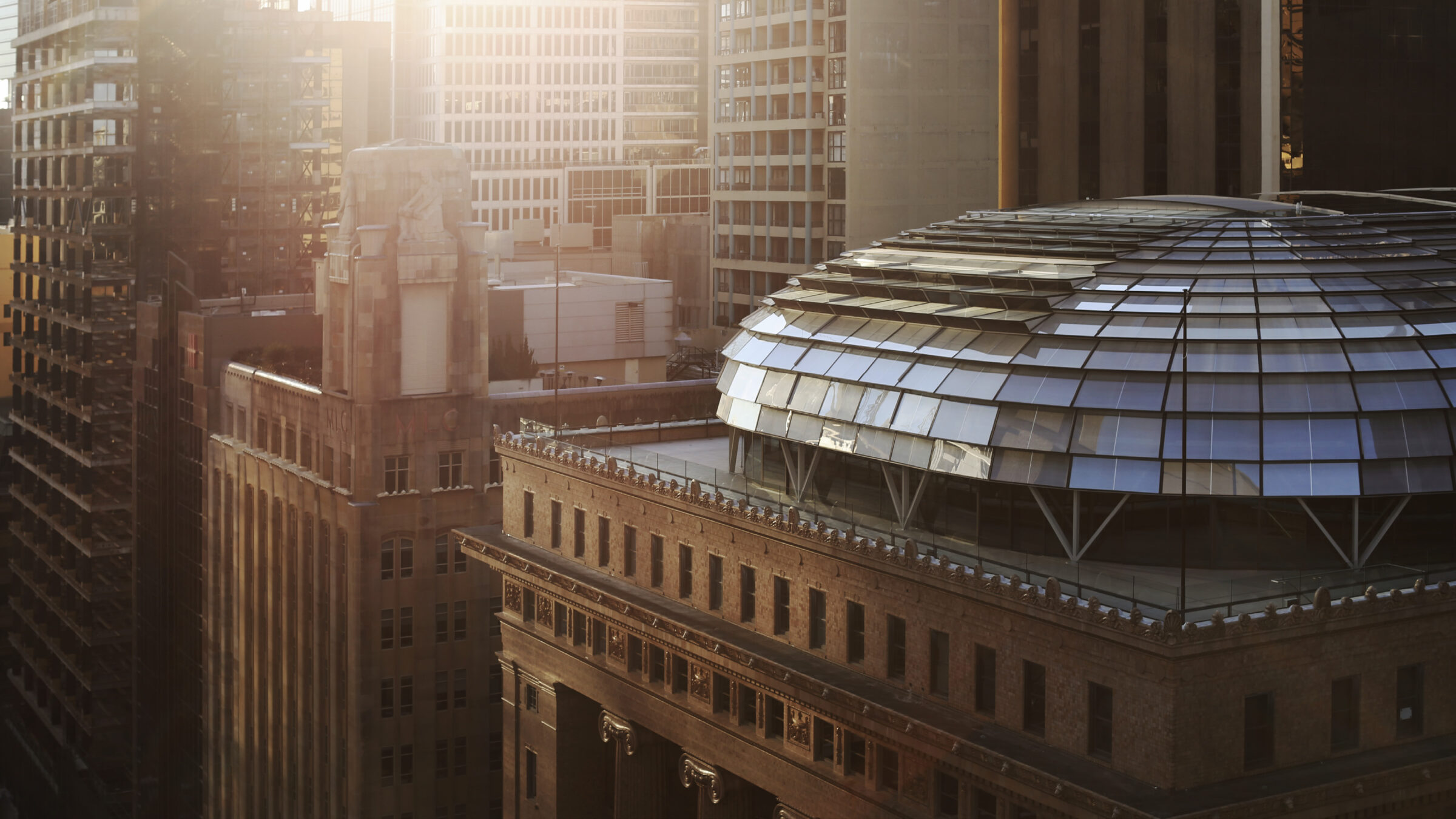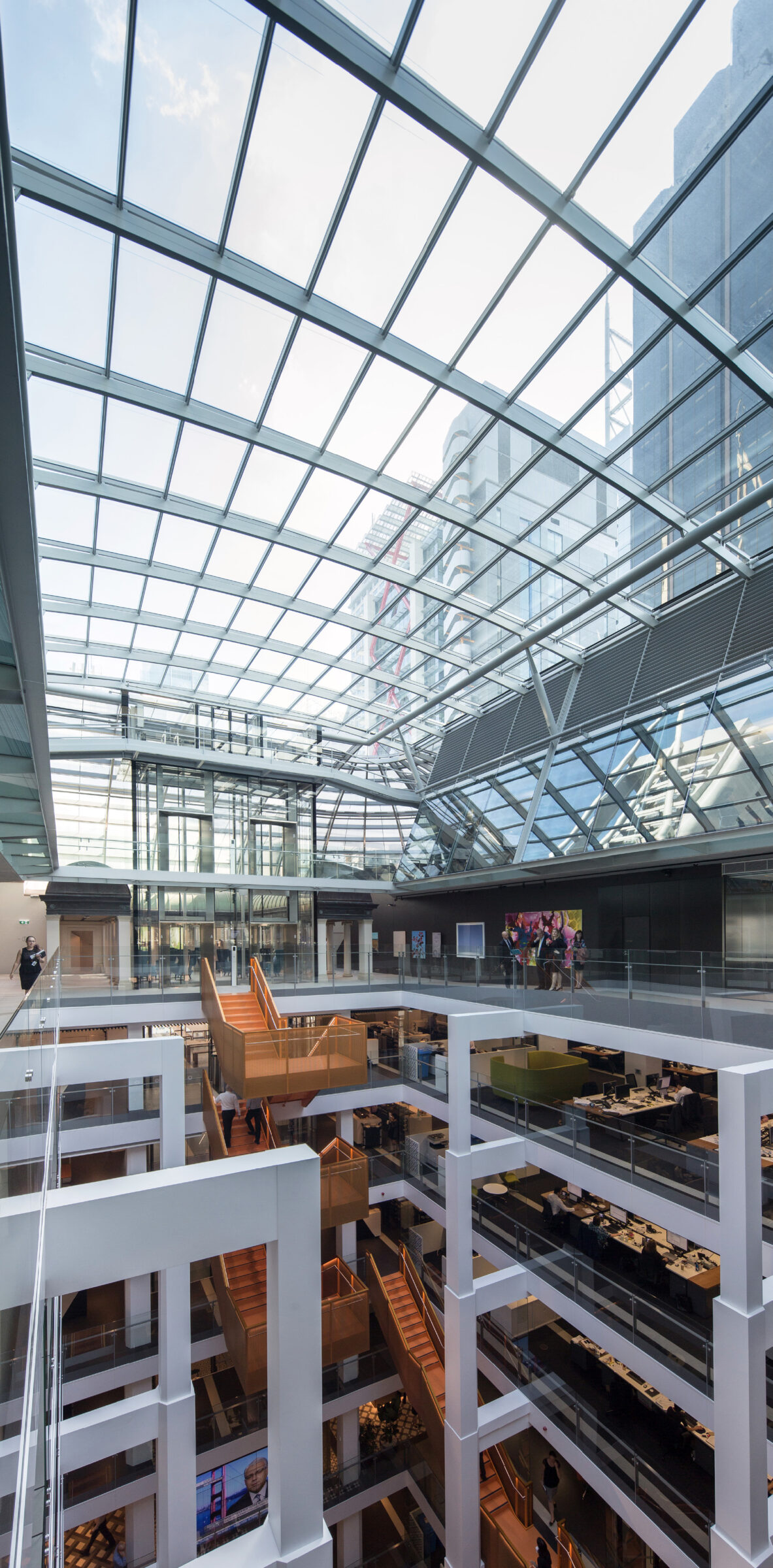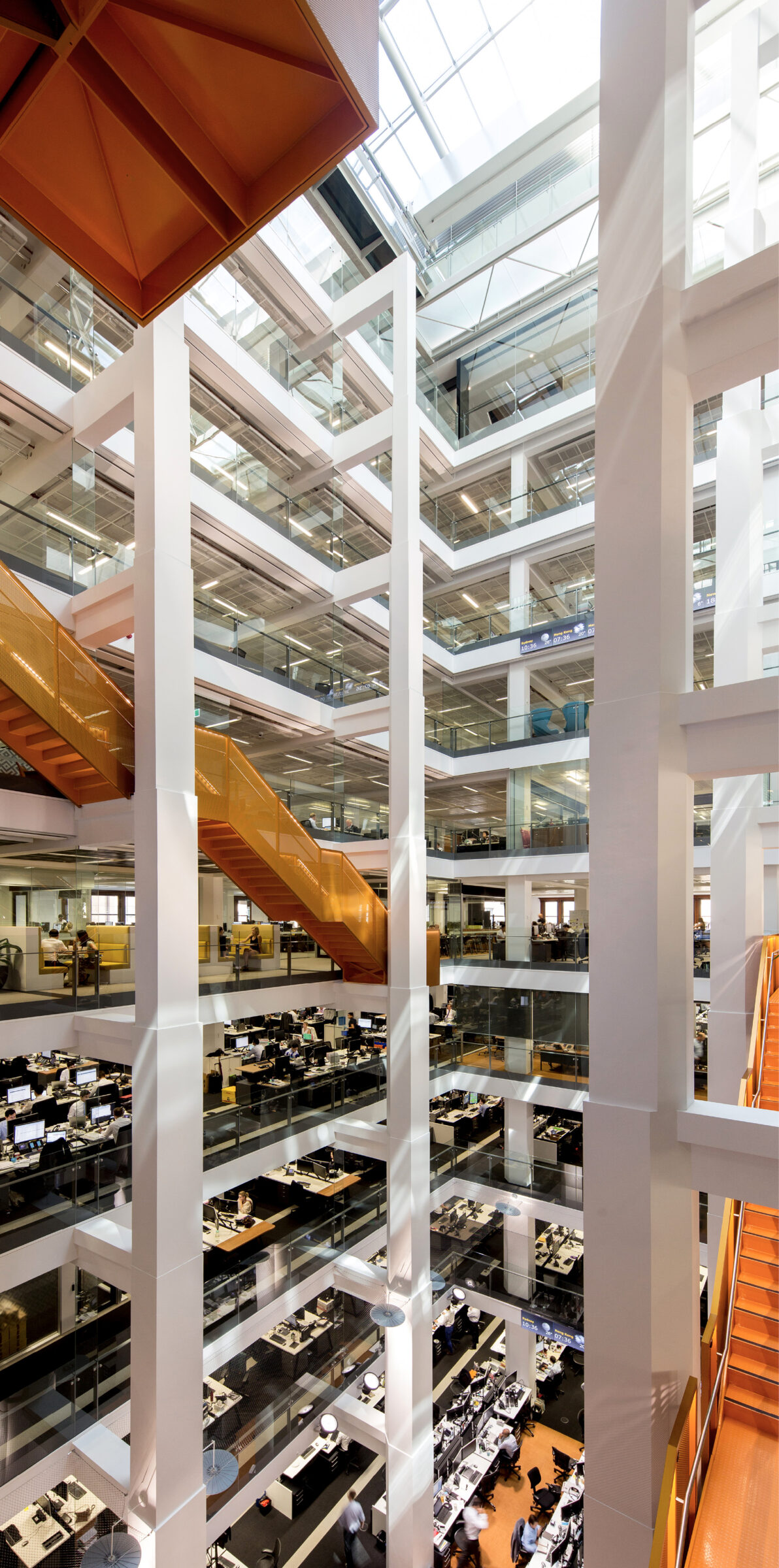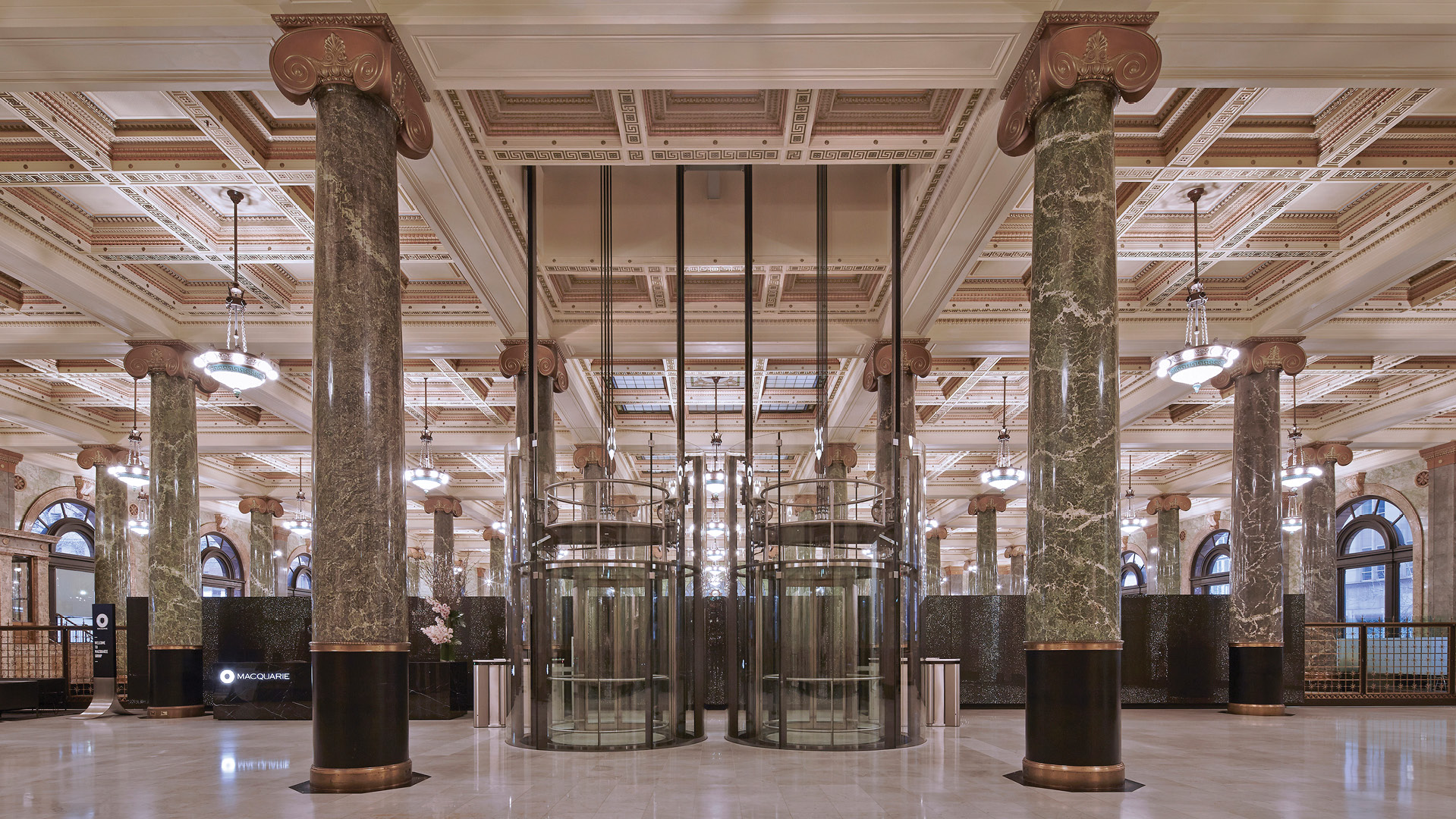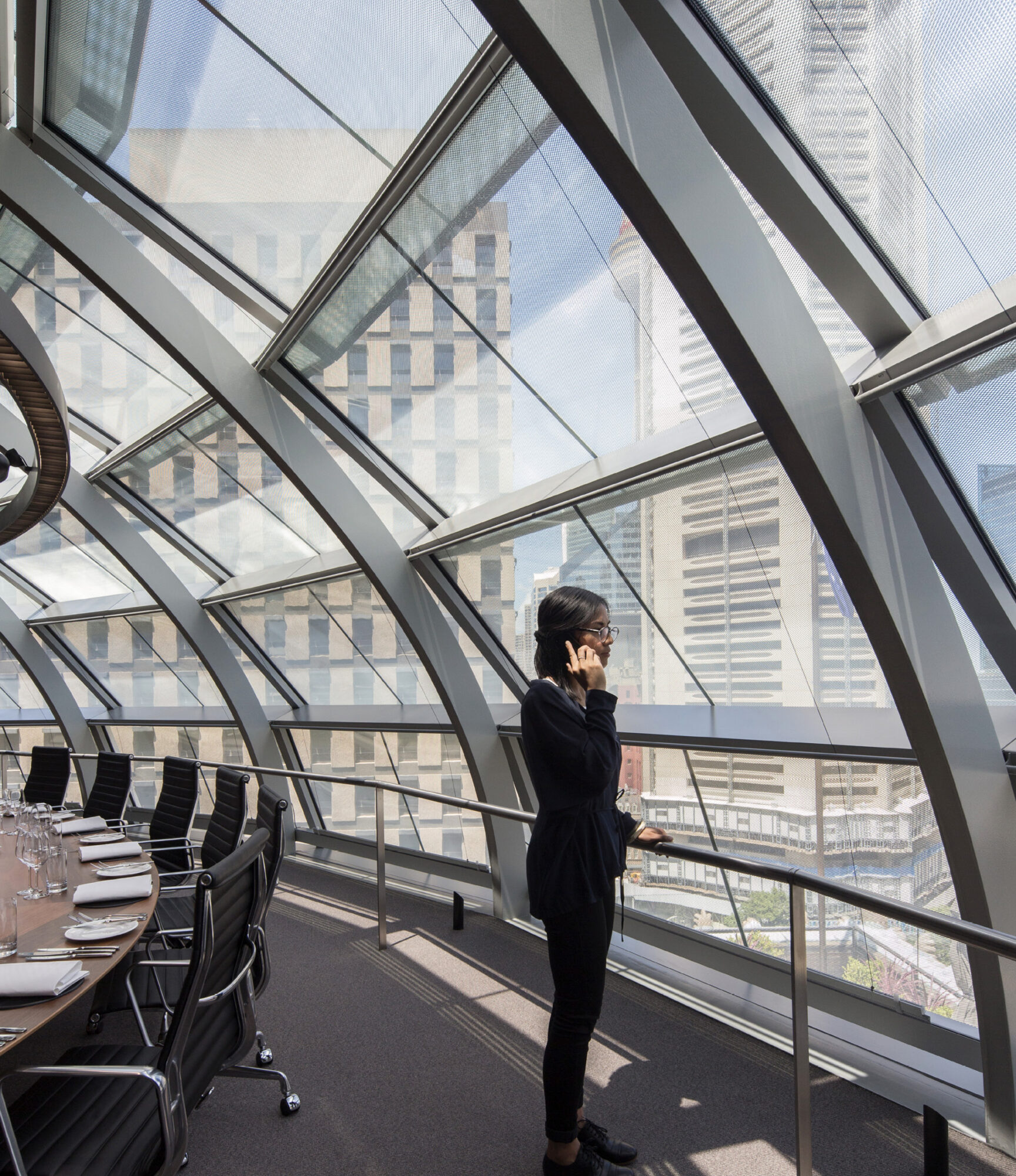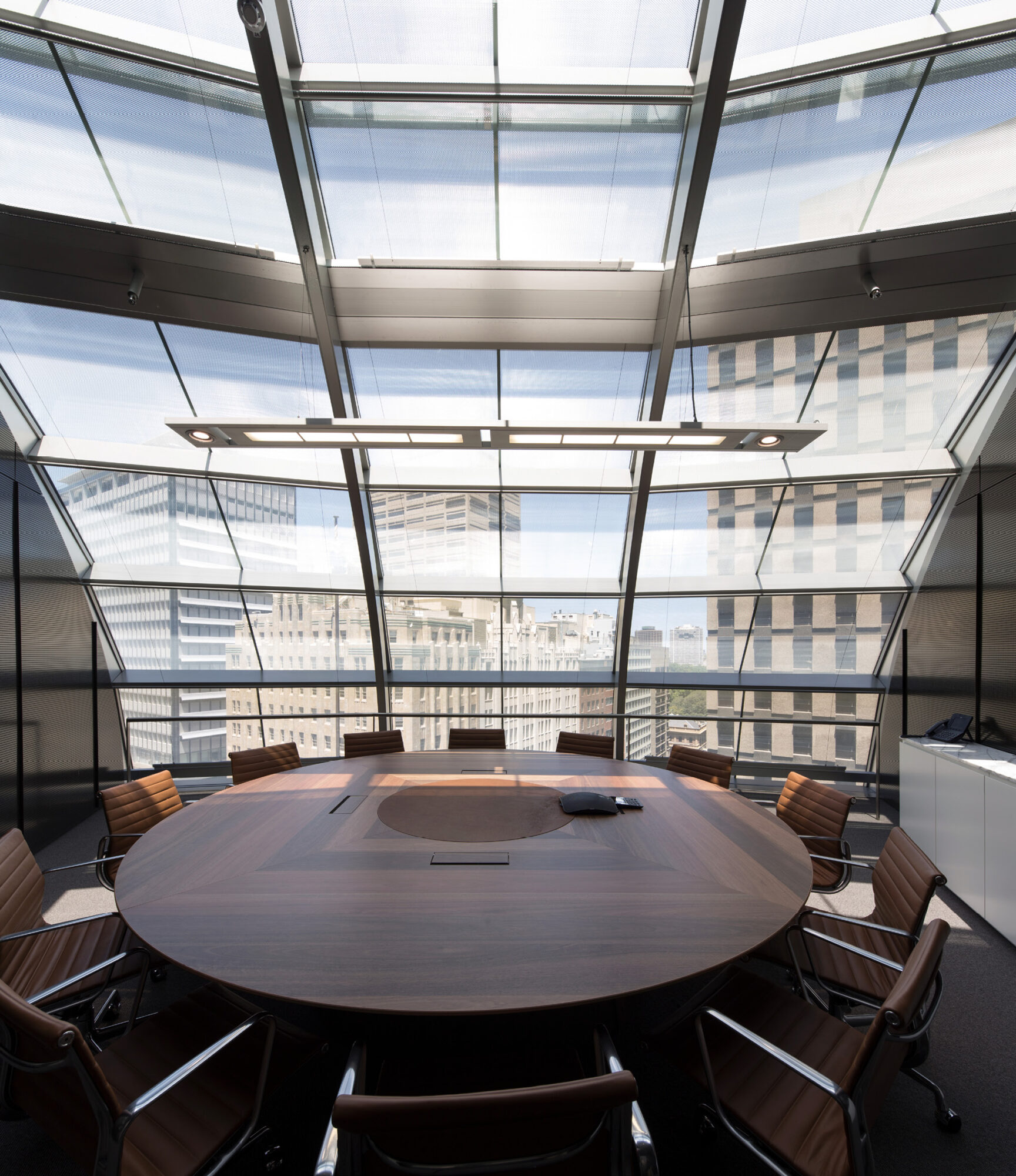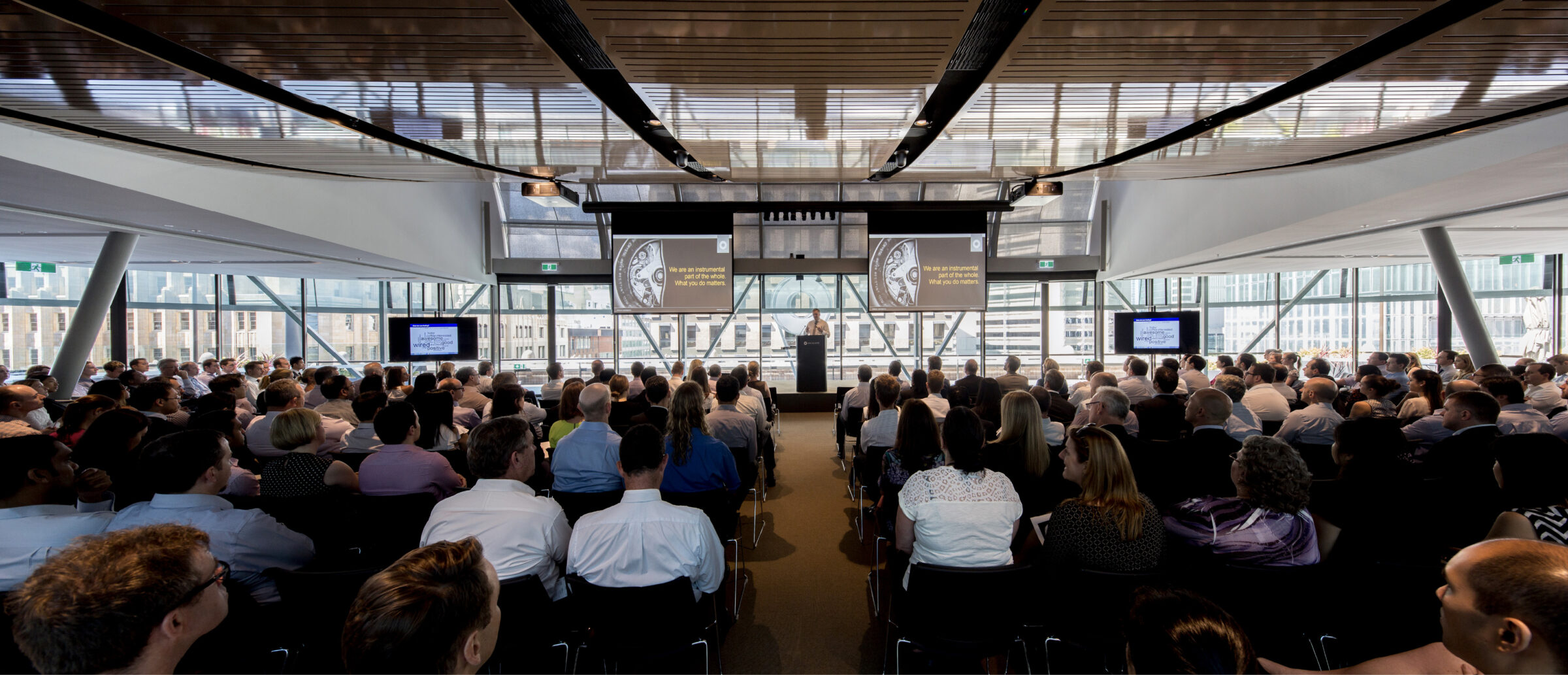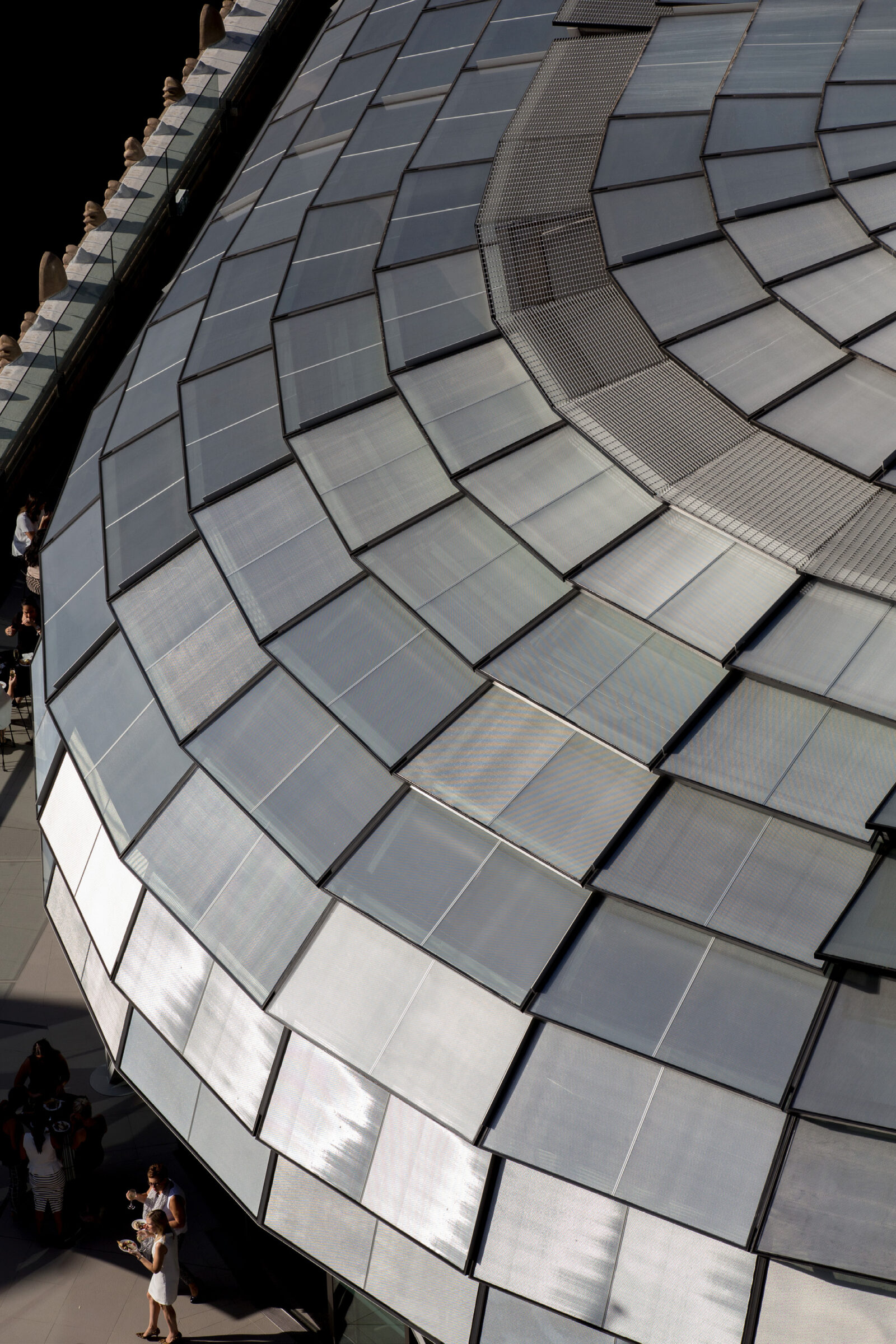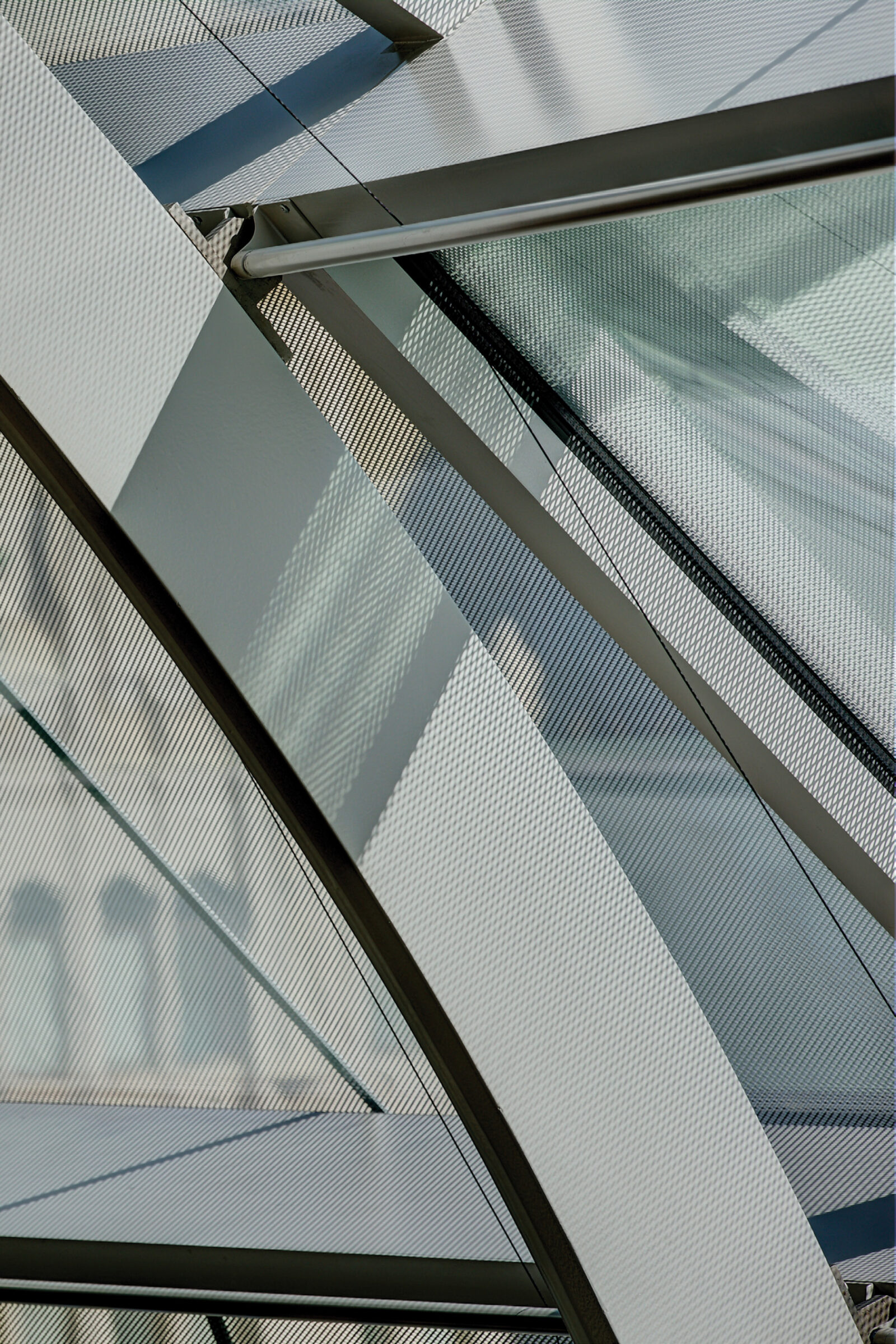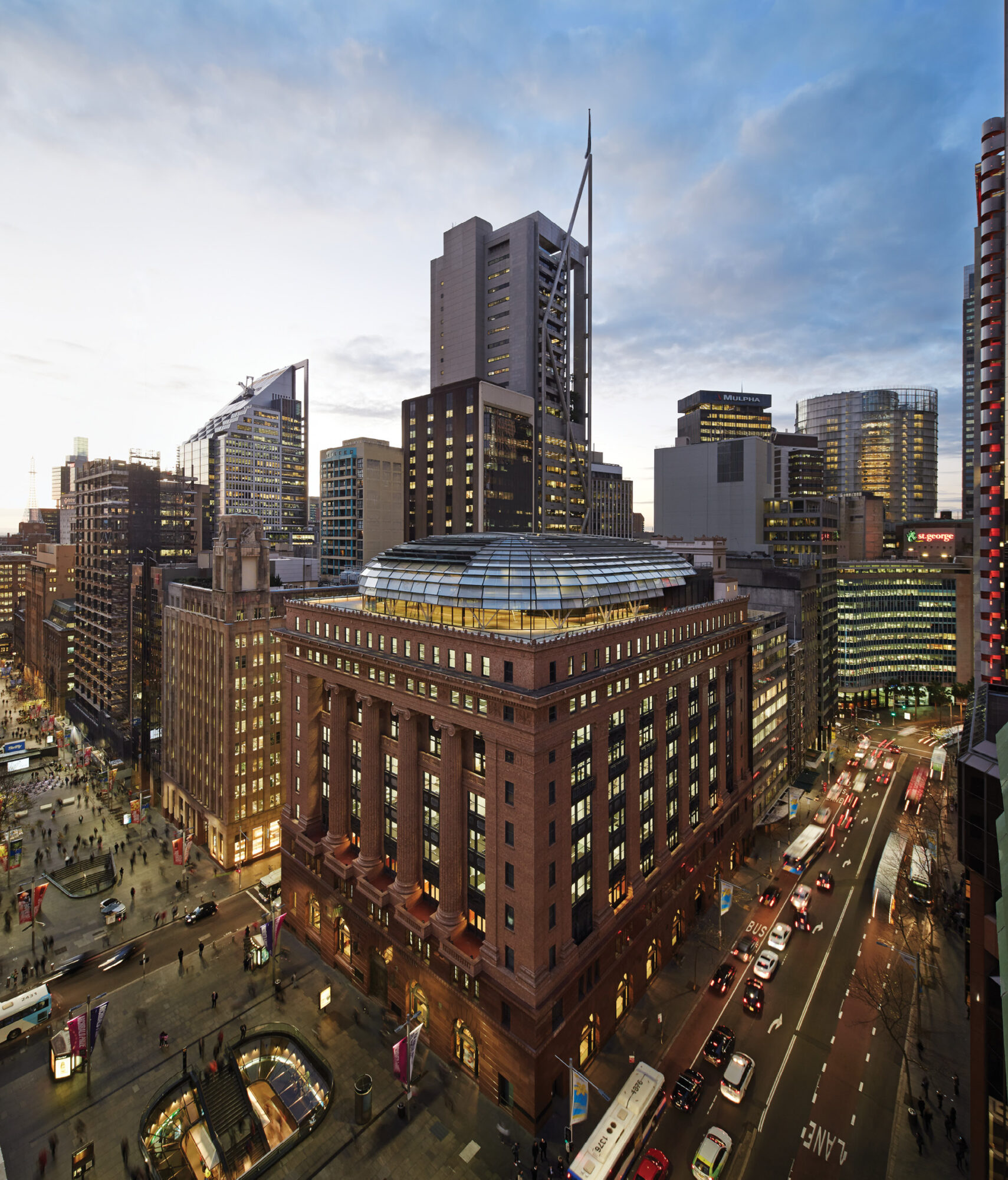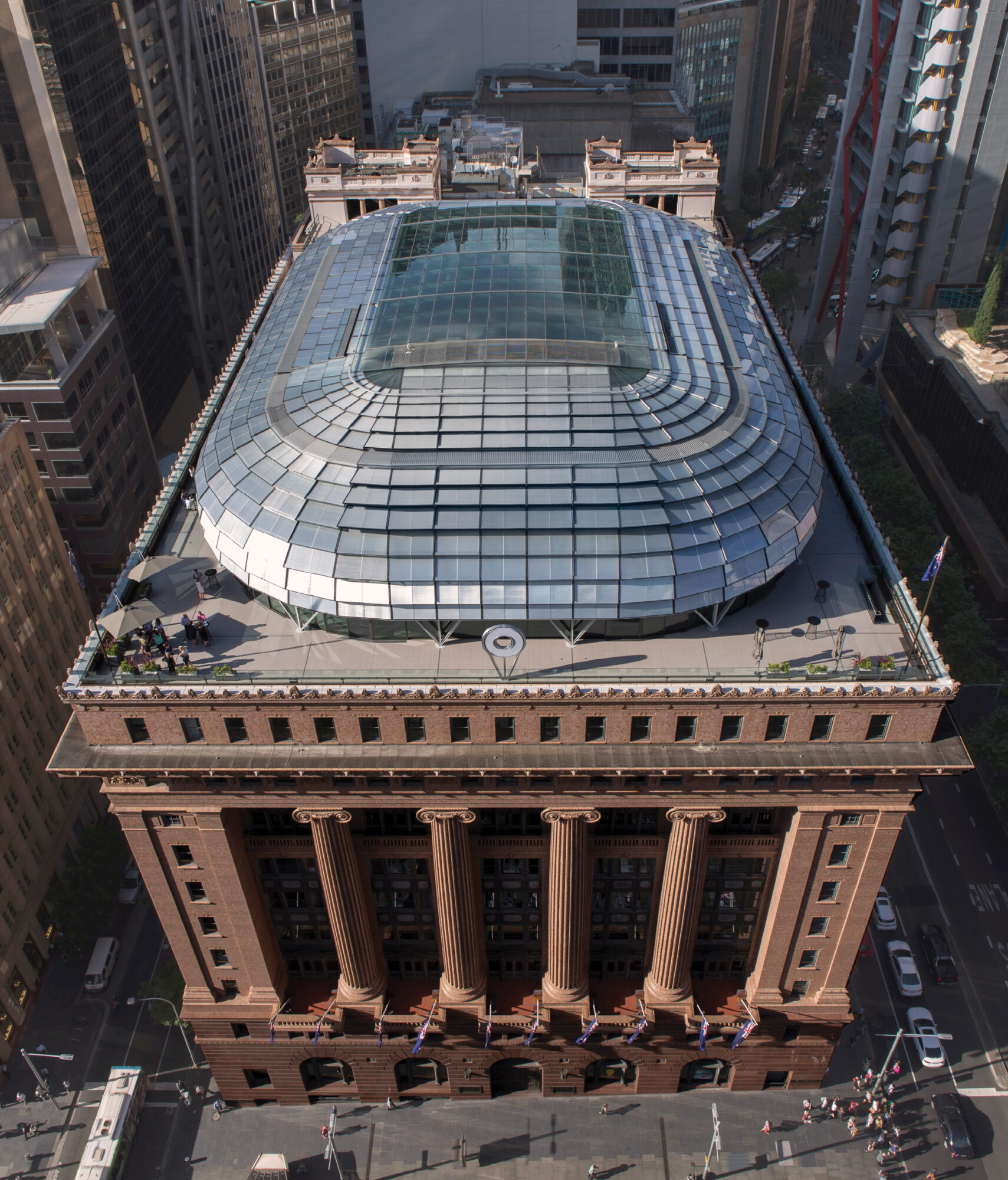Winner – Harry Seidler Award for Commercial Architecture, AIA National Architecture Awards, 2015
Winner – Sir Arthur G Stephenson Award for Commercial Architecture – NSW Architecture Awards, 2015
Winner – COLORBOND Award for Steel Architecture – NSW Architecture Awards, 2015
Commendation – Sustainable Architecture Award – NSW Architecture Awards, 2015
Winner – National Trust Award for Adaptive Reuse – National Trust Heritage Awards, 2015
Winner – Outstanding Construction Award – Master Builders Association of NSW Awards, 2015
Winner – Best Use of Glass Award – Master Builders Association of NSW Awards, 2015
Winner – Restoration of a Historic Building Award – Master Builders Association of NSW Awards, 2015
